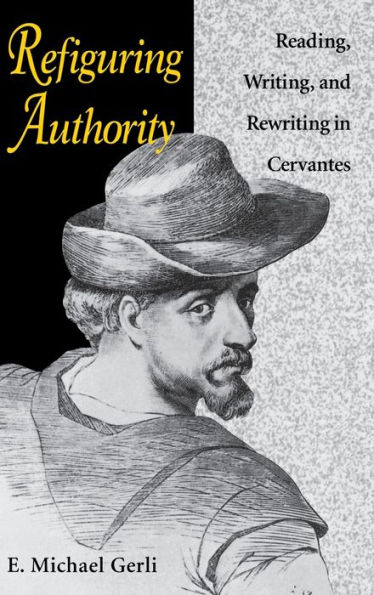The result was that literature in late Renaissance Spain was often more than a simple matter of source and imitation. It must be understood as a far more subtle, palimpsest-like process of forging endless series of texts from other texts, thus linking closely the practices of reading, writing, and rewriting. Like all major writers of the age, Cervantes was responding not just to specific literary traditions but to a broad range of texts and discourses. He expected his well-read audience to recognize his sources and to appreciate their transformations.
The notion of writing as reading and reading as writing is thus central to an understanding of Cervantes' literary invention. As he created his works, he constantly questioned and reconfigured the authority of other texts, appropriating, combining, naturalizing, and effacing them, displacing them with his own themes, images, styles, and beliefs.
Modern literary theory has confirmed what Cervantes and his contemporaries intuitively knew—that reading and writing are closely linked dimensions of the literary enterprise. Reading Cervantes and his contemporaries in this way enables us to cojnprehend the craft, wit, irony, and subtle conceit that he at the heart of seventeenth-century Spanish literature.
The result was that literature in late Renaissance Spain was often more than a simple matter of source and imitation. It must be understood as a far more subtle, palimpsest-like process of forging endless series of texts from other texts, thus linking closely the practices of reading, writing, and rewriting. Like all major writers of the age, Cervantes was responding not just to specific literary traditions but to a broad range of texts and discourses. He expected his well-read audience to recognize his sources and to appreciate their transformations.
The notion of writing as reading and reading as writing is thus central to an understanding of Cervantes' literary invention. As he created his works, he constantly questioned and reconfigured the authority of other texts, appropriating, combining, naturalizing, and effacing them, displacing them with his own themes, images, styles, and beliefs.
Modern literary theory has confirmed what Cervantes and his contemporaries intuitively knew—that reading and writing are closely linked dimensions of the literary enterprise. Reading Cervantes and his contemporaries in this way enables us to cojnprehend the craft, wit, irony, and subtle conceit that he at the heart of seventeenth-century Spanish literature.

Refiguring Authority: Reading, Writing, and Rewriting in Cervantes
152
Refiguring Authority: Reading, Writing, and Rewriting in Cervantes
152
Product Details
| ISBN-13: | 9780813119229 |
|---|---|
| Publisher: | University Press of Kentucky |
| Publication date: | 12/14/1995 |
| Series: | Studies in Romance Languages , #39 |
| Pages: | 152 |
| Product dimensions: | 6.00(w) x 9.00(h) x (d) |
| Age Range: | 18 Years |

